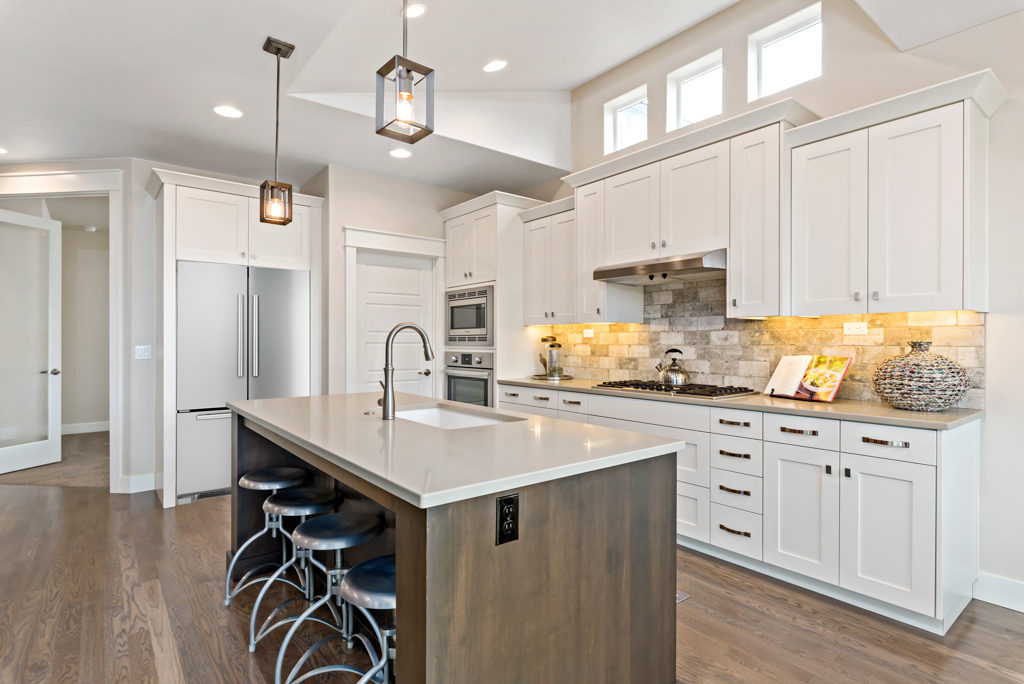
Brighton Homes Energy Star Features: What Makes an Energy Star Certified Home
June 12, 2018 11:36 pm
Buying an Energy Star certified home is an important consideration when buying a new home. While features such as an Energy Star all Bosch appliance package in all Brighton Homes are easy to see, there is much more behind a true ENERGY STAR® Certified home. What exactly makes a new home an Energy Star certified new home? We have compiled the Brighton Homes Energy Star features:
Brighton Homes Low-E High-Efficiency Vinyl Windows
Save money and more
Brighton ENERGY STAR certified windows, doors, and skylights lower your energy bills and save you money. With more efficient windows, you also use less energy, which reduces greenhouse gas emissions from power plants and homes.
Get comfortable
Put an end to cold drafts and overheated spaces. Brighton ENERGY STAR certified windows, doors, and skylights keep your home’s temperature consistently comfortable. Even your loveseat right by the window can be cozy with ENERGY STAR.
Brighton Homes are bright with natural light with plenty of Low-E high-efficiency windows throughout.
Protect your valuables
Low-emissivity coatings on Brighton ENERGY STAR certified windows, doors, and skylights designed to reduce UV sun damage to floors, carpets, and furniture.
Certified Performance
All ENERGY STAR windows, doors, and skylights are certified and verified to perform as labeled.
Low-E coatings have been developed to minimize the amount of ultraviolet and infrared light that can pass through glass without compromising the amount of visible light that is transmitted.
Brighton Homes Heating & Cooling
York
Brighton Homes HVAC components utilizing the YORK brand save at least 15% to 25% more energy than standard products. Starting with a high Seasonal Energy Efficiency Ratio (SEER rating) to a furnace with up to 96% annual fuel utilization efficiency (AFUE).
Honeywell
Complimenting your heating and cooling system is your energy-efficient Honeywell thermostat. Honeywell offers Flexible scheduling and a Wi-Fi Touchscreen with the option of using the Lyric App for control right from your smart device.
Brighton Homes Air Infiltration & Duct Sealing
Reduced Air Infiltration
Reduced air infiltration combined with proper ventilation can not only reduce your energy bills but can also improve the quality of your indoor air. Outdoor air that leaks indoors makes it difficult to maintain comfort and energy efficiency. In addition, air leakage accounts for 25–40% of the energy used for heating and cooling in a typical home.
Duct-Sealing
Sealing and insulating ducts can help with common comfort problems, such as rooms that are too hot in the summer or too cold in the winter.
Fumes from household and garden chemicals, insulation particles, and dust can enter your duct system, aggravating asthma and allergy problems. Sealing ducts can help improve indoor air quality by reducing the risk of pollutants entering ducts and circulating through your home.
During normal operation, gas appliances such as water heaters, clothes dryers, and furnaces release combustion gases (like carbon monoxide) through their ventilation systems. Leaky ductwork in your heating and cooling system may cause “back drafting,” where these gases are drawn back into the living space, rather than expelled to the outdoors. Sealing leaks can minimize this risk.
Leaky ducts can reduce heating and cooling system efficiency by as much as 20 percent. Sealing and insulating ducts increase efficiency, lower your energy bills, and can often pay for themselves in energy savings. Plus, if you’re planning to install new heating and cooling equipment, a well-designed and sealed duct system may allow you to downsize to a smaller, less costly heating and cooling system that will provide better dehumidification.
Energy used in our homes often comes from the burning of fossil fuels at power plants, which contributes to smog, acid rain, and climate change. Simply put, the less energy we use in our homes, the less air pollution we generate. By sealing your ducts and reducing the amount of energy necessary to comfortably heat or cool your home, you can reduce the amount of air pollution generated.
Brighton Homes Energy Star Compliant Insulation
Not all insulation is created equal. Insulation that has been certified by EPA-recognized third-party certification bodies is independently tested to ensure it delivers performance while meeting strict safety standards. ENERGY STAR only partners with insulation manufacturers who agree to have their products tested by a third-party certification body. ENERGY STAR also requires that certified insulation be tested to meet flame resistance requirements to help promote fire safety.
The performance of insulation is also highly dependent on the quality of the installation. That is why ENERGY STAR requires manufacturer partners to include instructions that clearly explain how to install their products to ensure maximum performance. Instructions also include safety information to protect the health of you and your family.
Non-Dimmable LED Can Lights
LED is a highly energy-efficient lighting technology, and has the potential to fundamentally change the future of lighting in the United States. Residential LEDs — especially ENERGY STAR rated products — use at least 75% less energy, and last 25 times longer, than incandescent lighting.
Widespread use of LED lighting has the greatest potential impact on energy savings in the United States. By 2027, widespread use of LEDs could save about 348 TWh (compared to no LED use) of electricity: This is the equivalent annual electrical output of 44 large electric power plants (1000 megawatts each), and a total savings of more than $30 billion at today’s electricity prices.
Categorized in: PICKING YOUR DREAM HOME, YOUR ENERGY STAR HOME
This post was written by Brighton Homes



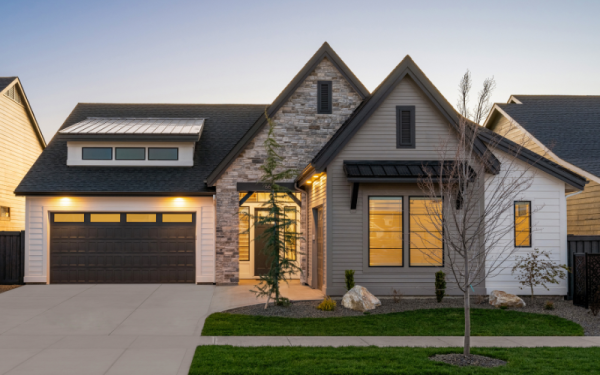

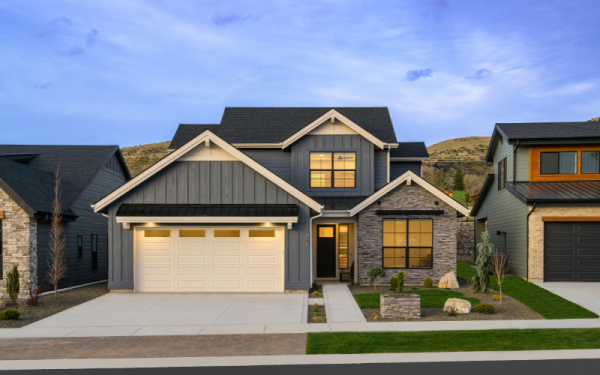







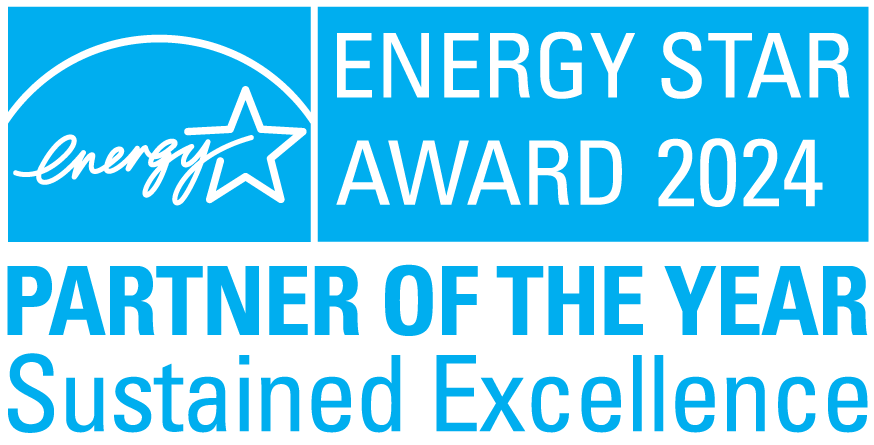
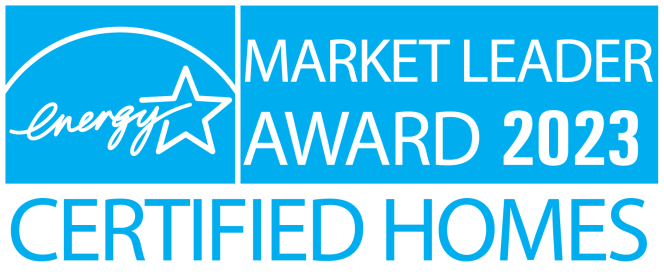
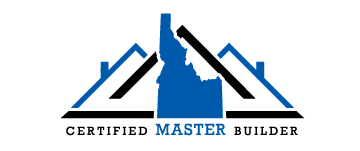



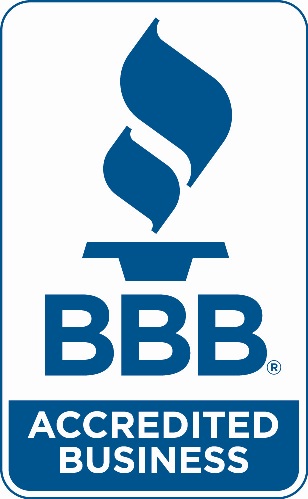





 © 2025 Brighton | All Rights Reserved. |
© 2025 Brighton | All Rights Reserved. |